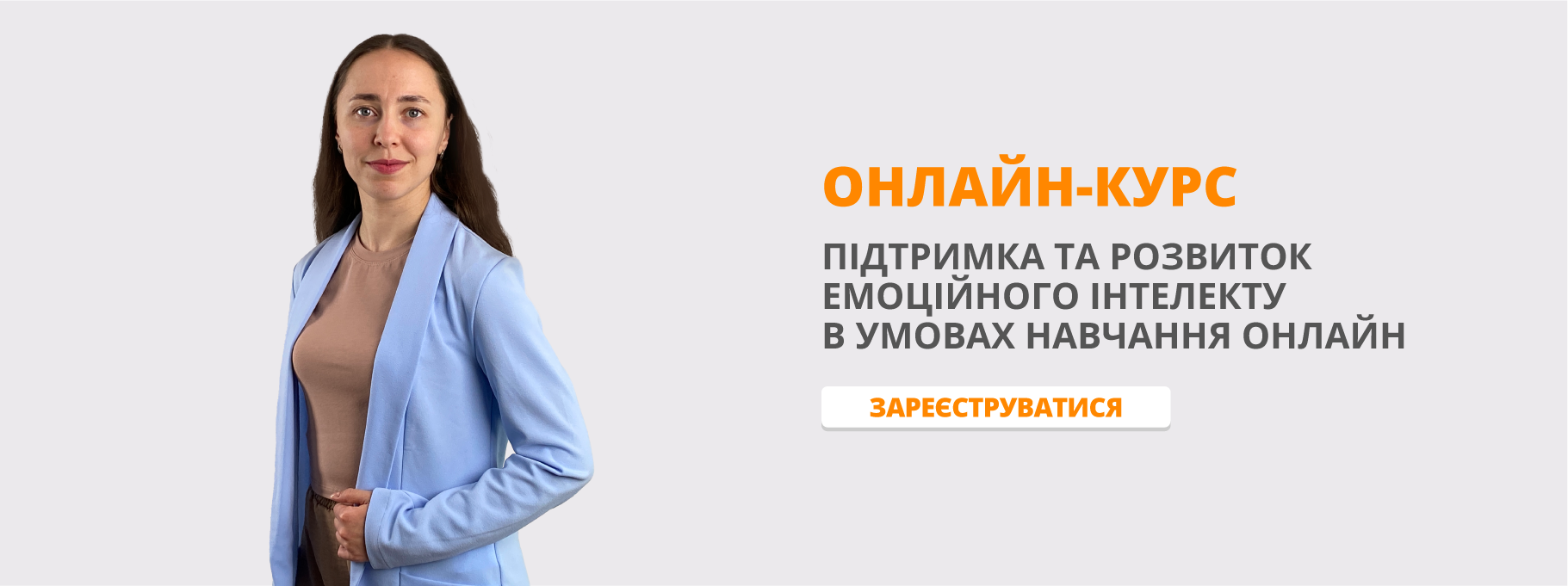Урок формування знань, умінь і навичок "The ways of travelling"
Тема уроку: The ways of travelling.
Цілі уроку:
Практична: 1. Узагальнити знання учнів з теми «Подорож».
2. Вчити висловлювати власну думку на рівні монологу та діалогу.
Освітня: 3. Розширити знання учнів про види подорожей, їх значення в
житті людини.
4. Aктивізувати вживання модального дієслова should .
Розвивальна: 5. Розвивати уяву, мовну здогадку та критичне мислення учнів.
6. Спонукати учнів логічно викладати свої думки, уміти
аргументувати власну відповідь.
7. Стимулювати пізнавально-комунікативну мотивацію.
8. Розвивати уміння працювати в группах та парах.
Виховна: 9. Виховувати доброзичливість та допитливість.
10. Підтримувати інтерес до вивчення англійської мови.
Очікувані результати:
Учні повинні:
- вживати вивчені лексичні одиниці в діалогічному та монологічному мовленні;
- вживати модальне дієслово «should”;
- уміти аудіювати текст, ігноруючи незнайомі слова;
- вміти розповідати про подорожі та переваги видів транспорту;
- робити висновки щодо значення подорожей в житті людини.
Форми роботи: фронтальна, індивідуальна, робота в парах.
Тип уроку: формування знань, умінь і навичок учнів.
Методи і прийоми: Проблемно-пошуковий,
аудіо-візуальний метод,
інтерактивні: “Асоціативний кущ», «Мозковий штурм»,
робота в групах.
Обладнання: тематичні та лексичні картинки, ноутбук, проектор,
мультимедійна презентація до уроку,
флешкартки до тексту з аудіювання та завдань.
Хід уроку
І. Початок уроку. Уведення до мовленнєвого середовища.
1. Greeting.
Привітання. Оргмомент. Вступне слово вчителя.
T. Good morning, children! I am glad to see you!
Ps. We are glad to see you too!
T. This lesson is unusual for you and for me. You can see many guests. They are
teachers. I hope that our co-operation will be successful. I want to ask you to be attentive and active. Don’t be afraid, don’t be silent. Speak and express your opinion. OK, look at each other, please. Smile! Look at me. Smile! So, let’s start our communication.
2. Introducting of the topic. Aim.
T. So, what are we speaking about today? ( слайд 2 ).The theme of our lesson is “The ways of travelling” .Today we’ll do different tasks. Аt this lesson try to do your best work to show and improve your knowledge. Our aim is to get ready for a trip: to pack your suitcase with proper clothes and items, to know the rules to keep during a trip, you’ll be able to speak about advantages and disadvantages of some kinds of travelling. (слайд 3 ).
And the motto of our today’s lesson is “The world is a book, and those who do not travel, read only a page”. (I agree with this statement, because when we travel we can see new places, not only our town, new people, new cultures). Let’s start!
ІІ. Уведення в іншомовну атмосферу.
T: Today we have a book full of different advantages, tasks and interesting things. We are going to London!!!! Let’s go!!
But first we have to study different transports and ways of travelling. (слайд 4 ).
Запам’ятайте! Для позначення способу подорожі в англійській мові використовується прийменник ‘by’. Але пішки - ‘on foot’!! (слайд 5 ).
IIІ. Основна частина уроку.
- Активізація вживання лексичного матеріалу теми.
1) Гра “Name 3 things”.
T: Now, we’ll play and review a lot of topical words. Let’s play “Name 3 Things” (слайд 6).
game.
- Name 3 synonyms of the word ‘travelling’
Answer: journey, voyage, trip, excursion, tour.
- Name 3 places you can travel to
Answer: mountains, sea, abroad, countryside, forest
- Name 3 documents that give us the right to travel
Answer: a passport, a travel document, a ticket, a bus pass, a return ticket.
- Name 3 adjectives describing travelling
Answer: comfortable, enjoyable, interesting, useful, dangerous.
- Бесіда з учнями.
Мозковий штурм. Brain storming.
Modern life is impossible without travelling. Say me, please: Why do people travel? What makes them travel? (слайд 5).
Tell your suggestions and make notes on the blackboard.

People travel because they want to visit new countries. They often travel on business. We travel to get new impressions. They travel to meet new friends. My cousin travels to study at a university. Some people travel to earn much money. We travel to visit our relatives (слайд 6).
- Робота в парах.
1) Інтерактивна вправа “Let’s Pack a Suitcase”
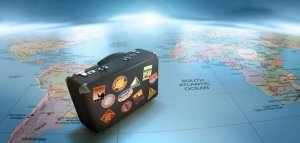 T: It’s high time to pack our suitcase for a travel. Think of the most important things we need during a journey and put the words of them into special suitcases. Choice the right words according to the task. You can add some words if you need.
T: It’s high time to pack our suitcase for a travel. Think of the most important things we need during a journey and put the words of them into special suitcases. Choice the right words according to the task. You can add some words if you need.
Ps: We should take …
a passport, a camera, a car, an umbrella, a mobile phone, money,a school uniform, a guidebook, a map, a desk, a watch, a sweater, trainers, a raincoat, a ball, a chair, a fridge, a sofa, a carpet, shorts, gloves, boots, a blouse, sandals, a dress, a hat, a swimsuit, jeans, a T-shirt, a skirt.
2) Speaking .
T. Modal Verbs – це модальні дієслова . Від інших дієслів вони відрізняються тим, що не використовуються самостійно і не позначать конкретної дії або стану, вони лише відображають модальність, тобто, ставлення мовця до якої-небудь дії. Модальне дієслово Should в англійській мові має загальне значення необов’язкової для виконання рекомендації. Тому на українську він часто перекладається як “слід щось зробити“. Should має незмінну форму в однині та множині. Найчастіше використовується при порадах та в інструкціях.
Do you know that good beginning makes a good ending. We will start our travelling from “ Emerald city” to Kyiv Boryspil by what? (by train, it is more convenient for this way). Вчитель прокладає маршрут в книзі подорожі до Києва.
So you should know some rules to avoid difficulties while travelling. You will work in groups. Each group gets a task. You think, discuss and suggest your ideas to the class. When we travel we should keep the rules. To separate the phrases into two columns and tell us these rules.
Rules to keep
|
Should |
Shouldn’t |
|
|
|
- Speak to the driver
- Be careful
- Inform the teacher if you have problems
- Behave well
- Put your arms outside the window
- Go anywhere alone
- Ask the policeman for help if you are lost
- Speak in a loud voice
- Waste your money on things you don’t need
10) Help your friend if he need it
3) Вирішення проблемної ситуації.
T: You and your partner are on a coach. It has broken down in the countryside at midnight. It is summer and the weather is very сold. It is 30 km to the next town. You decide to walk. You can only take 4 things with you. Which of them do you think you should take? Why? (слайд 7).
![]()
![]()
![]()
![]()


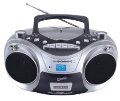

![]()
![]()
![]()
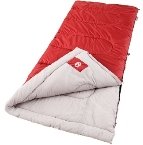

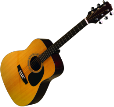
![]()
![]()
![]()
![]()
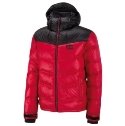
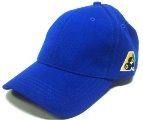
![]()
![]()
![]()
![]()
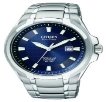

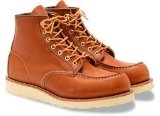
Ми вже в Києві в міжнародному аеропорті Бориспіль і готові подорожувати далі!! Як ви вважаєте який вид транспорту буде доречний, якщо ми з вами повинні бути в Лондоні? Звісно. Літак!! Полетіли! Вчитель прокладає маршрут в книзі подорожі до Лондона.
4) Пред’явлення тексту для аудіювання.
T: Children, listen to the texts, we will have the pictures of different means of travelling and the flashcards with the names of these ways of travelling. Pay attention that you will have one extra picture and one extra flashcard. Now listen to the texts and find the right picture/flashcard. After each text the representatives of the teams have to show the right picture and the right flashcard to us.
№1. It is the fastest way of travelling. It can take you from one town to the other one in no time. The seats are comfortable. It’s a pity but sometimes you can see very little from the windows. The things are too small to see them. When the weather is rainy or foggy you cannot travel by it.
![]()

№2.This way of travelling is fast. You can stop at any place you like and go where you like. You need tickets.
![]()
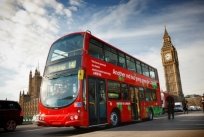
№3.This is the slowest way of travelling. Both young and old people like it. You need not worry about the tickets. The only thing you need is a rucksack. You can visit many places in such away.

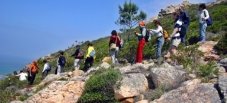
№4.This way of travelling is quite fast. The carriages are comfortable. It is so pleasant to travel in them. You can see a lot of interesting things from carriage windows. You can make a long journey on land by it.

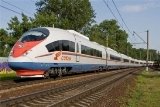
We are in London, in the capital of The UK. Are you ready for the excursion around the city? What way of travelling will you choice? (by bus and on foot). Вчитель прокладає маршрут в книзі подорожі по Лондону. Перегляд відео про визначні місця Лондона під супровід вчителя.
- Speaking. Бесіда про переваги і недоліки різних видів подорожей.
I’d like to speak about advantages and disadvantages of different ways of travelling. Look through the text find the information about advantages and disadvantages of different ways of travelling and write down them in the table.
№1. Travelling by plane is the fastest way of travelling. It can take you from one town to the other one in no time. The seats are comfortable. It’s a pity but sometimes you can see very little from the windows. The things are too small to see them. The tickets are very expensive. When the weather is rainy or foggy you cannot travel by it.
№2.Travelling by train is quite fast and not so expensive. The carriages are comfortable. It is so pleasant to travel in them. You can see a lot of interesting things from carriage windows. You can make a long journey on land by it. You need tickets and sometimes it is a problem.
№3.Travelling on foot is the slowest way of travelling. Both young and old people like it, because it is good for health, but tiring. You need not worry about the tickets. The only thing you need is a rucksack. You can visit many places in such away.
№4.Travelling by bus is comfortable. You can stop at any place you like and go where you like. You need tickets.
|
advantages |
disadvantages |
|
Travelling by plane |
|
|
fast |
expensive tickets |
|
comfortable armchairs |
you can’t travel in rainy or foggy days |
|
|
|
|
Travelling by train |
|
|
rather fast and not so expensive |
you need tickets |
|
comfortable seats in carriage |
|
|
|
|
|
Travelling on foot |
|
|
good for health |
tiring |
|
you don’t need tickets |
|
|
Travelling by bus |
|
|
|
you need tickets |
|
comfortable |
|
IV. Заключна частина уроку.
- Використання інтерактивної вправи «Сенкан».
T. Now we’ll sum up our lesson and do it in a form which is called “cinquain”. Let’s remember the rules of such a form.
Structure of “cinquain”
1 line: Theme (the main word)
2 line: two adjectives
3 line: three verbs (actions of the main word)
4 line: a sentence (quotation on the topic)
5 line: synonym / antonym of the main word.
T. Our main word is “Travelling”. You should try to use different notions connected with it in order to this structure.
Travelling
Interesting, exiting
To go, to visit, to learn
Travelling is very popular in modern life.
Journey.
Підведення підсумків уроку. Thank you for your hard work at the lesson. I should say you worked well and were very active.
Додаток 1
|
a passport |
a camera |
|
a car |
an umbrella |
|
a mobile phone |
money |
|
a school uniform |
guidebook |
|
a map |
a desk |
|
a watch |
a sweater |
|
trainers |
a raincoat |
|
a ball |
a chair |
|
a fridge |
a sofa |
|
a carpet |
shorts |
|
gloves |
boots |
|
a blouse |
sandals |
|
a dress |
a hat |
|
a swimsuit |
jeans |
|
a T-shirt |
a skirt |
Додаток 2
Rules to keep
|
Should |
Shouldn’t |
|
|
|
- Speak to the driver
- Be careful
- Inform the teacher if you have problems
- Behave well
- Put your arms outside the window
- Go anywhere alone
- Ask the policeman for help if you are lost
- Speak in a loud voice
- Waste your money on things you don’t need
10) Help your friend if he need it
Додаток 3
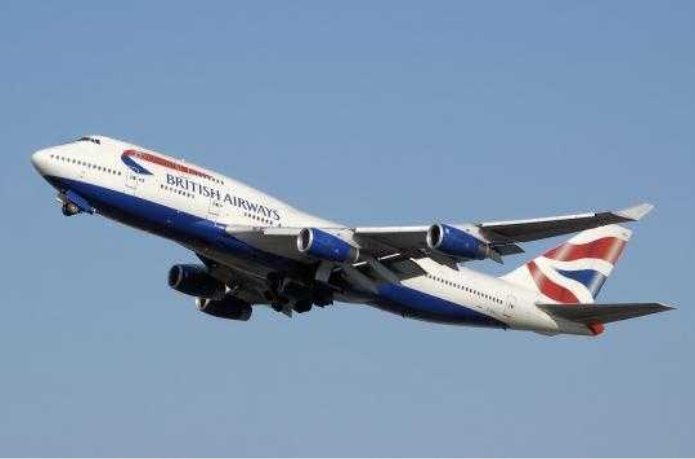
by plane
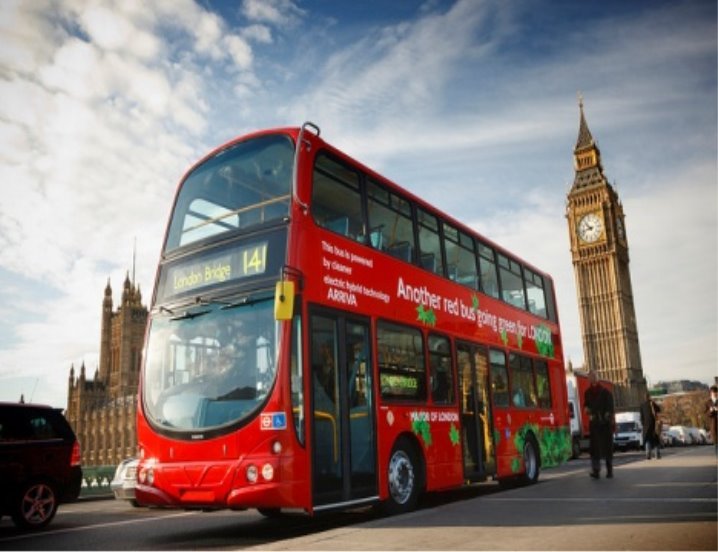
by bus
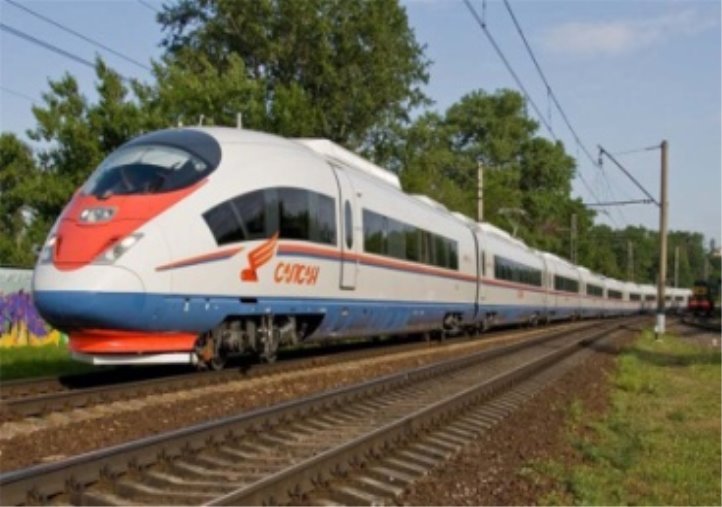
by train
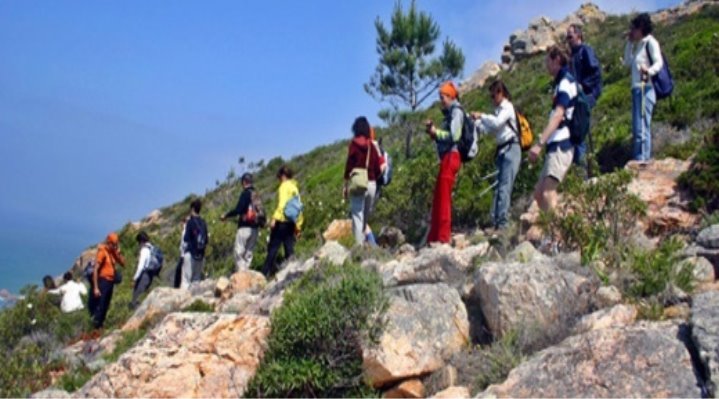
on foot
Додаток 4
№1. Travelling by plane is the fastest way of travelling. It can take you from one town to the other one in no time. The seats are comfortable. It’s a pity but sometimes you can see very little from the windows. The things are too small to see them. The tickets are very expensive. When the weather is rainy or foggy you cannot travel by it.
№2.Travelling by train is quite fast and not so expensive. The carriages are comfortable. It is so pleasant to travel in them. You can see a lot of interesting things from carriage windows. You can make a long journey on land by it. You need tickets and sometimes it is a problem.
№3.Travelling on foot is the slowest way of travelling. Both young and old people like it, because it is good for health, but tiring. You need not worry about the tickets. The only thing you need is a rucksack. You can visit many places in such away.
№4.Travelling by bus is comfortable. You can stop at any place you like and go where you like. You need tickets.
|
advantages |
disadvantages |
|
Travelling by plane |
|
|
|
|
|
|
|
|
|
|
|
|
|
|
|
|
|
|
|
|
Travelling by train |
|
|
|
|
|
|
|
|
|
|
|
|
|
|
|
|
|
Travelling on foot |
|
|
|
|
|
|
|
|
|
|
|
|
|
|
Travelling by bus |
|
|
|
|
|
|
|
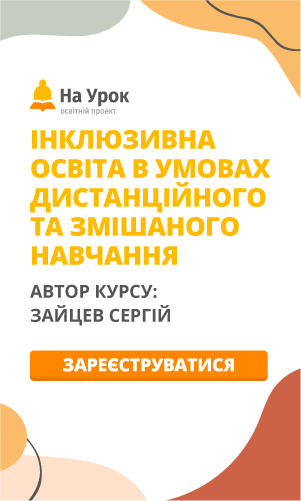

про публікацію авторської розробки
Додати розробку
